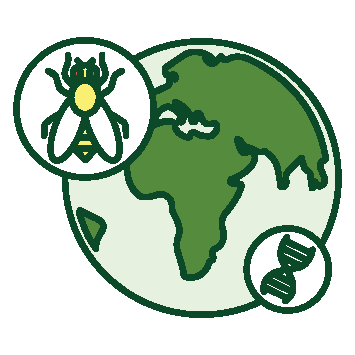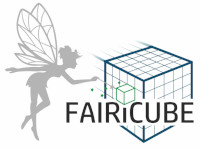
Partner: Naturhistorisches Museum Wien, Natural History Museum Vienna (NHMW)
Objectives
The objective of Use Case 3 is to integrate genomic data of the fruit fly Drosophila melanogaster, which is one of the best-studied model organisms and a world-wide human commensal, with comprehensive environmental and climate information. This interdisciplinary approach aims to identify how environmental factors shape genetic variation and influence evolutionary processes. Taking benefit from already available and newly generated genomic datasets from European and North American populations, the study has two major goals:
I. To assess the influence of geography, environment and climate on genetic variation on natural fly populations on a continent-wide scale. By correlating population genomics with environmental data, the study aims to uncover genetic targets affected by environmental selection pressures.
II. To address the impact of urbanization on genetic variation and adaptation considering factors such as soil sealing, pollution, and habitat fragmentation. Understanding how urban environments affect species survival and adaptation is crucial amidst ongoing biodiversity loss and climate change.

Possible future applications
Overall, Use Case 3 aims to advance our understanding of the relationship between genetic variation, environmental factors, and evolutionary processes. By integrating diverse datasets and employing innovative analytical techniques, the study seeks to shed light on the mechanisms driving adaptation in D. melanogaster populations, with broader implications for biodiversity conservation and pest management strategies in the face of global environmental changes.
In our “Drosophila genomics” use case, we take advantage of comprehensive earth observation data for climate and land use available in the public domain. Martin Kapun briefly introduces this use case in the following video clip.
